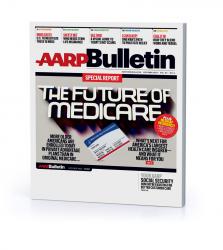Content Writers as Newscasters
“Your social security log-in may change,” Elaine Silverstein warns in Kiplinger Personal Finance, explaining that the change is to both simplify sign-in and make the process more secure. For social security recipients, the headline is a grabber.
According to Social Bee, a “hook” is designed to entice readers to keep reading, and might consist of:
- a credible statistic
- an inspiring quote
- an open-ended question
- a bold statement
- a figure of speech
- an emotional connection
At Say It For You, one way content marketers can engage readers is by keeping them up to date with news that has the potential to directly affect them. Like newspapers, business blog content writing can balance feature stories with news. When it comes to content marketing for a business or practice, readers need to know about:
- new products and services they can now obtain through you
- any new partners or employees you wan tot introduce
- your recent or upcoming activities in your community
- any changes in company (or practice) policy, procedure, or rules that might affect customers, clients, and patients.
It’s very important, I explain to newbie content writers, to present this “news” in a way that appears to be “all about them” – is this going to demand action on their part? Will their convenience be enhanced or diminished?
If, in fact, the new information is likely to be perceived as ‘bad news”, offer alternatives that can help readers meet their goals. End with a goodwill statement focused on the future, Jennifer Kahnweiler, Ph,d. says.
Showing that you are keeping abreast of the latest thinking and developments in your field is the key to earning “expert power”, showing readers that you are in a good position to spot both threats and opportunities. What’s more, as content writers, we must position our practitioner and business owner clients as leaders – not only are they “up on” on the latest developments in their fields, they themselves are helping bring about positive change and growth.
For readers, content marketers serve as newscasters






Follow us online!